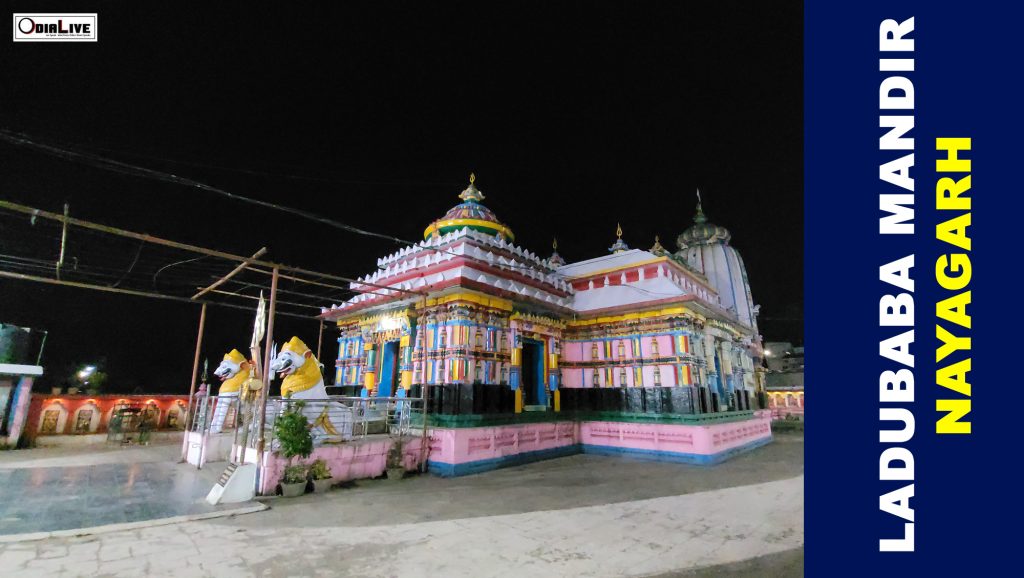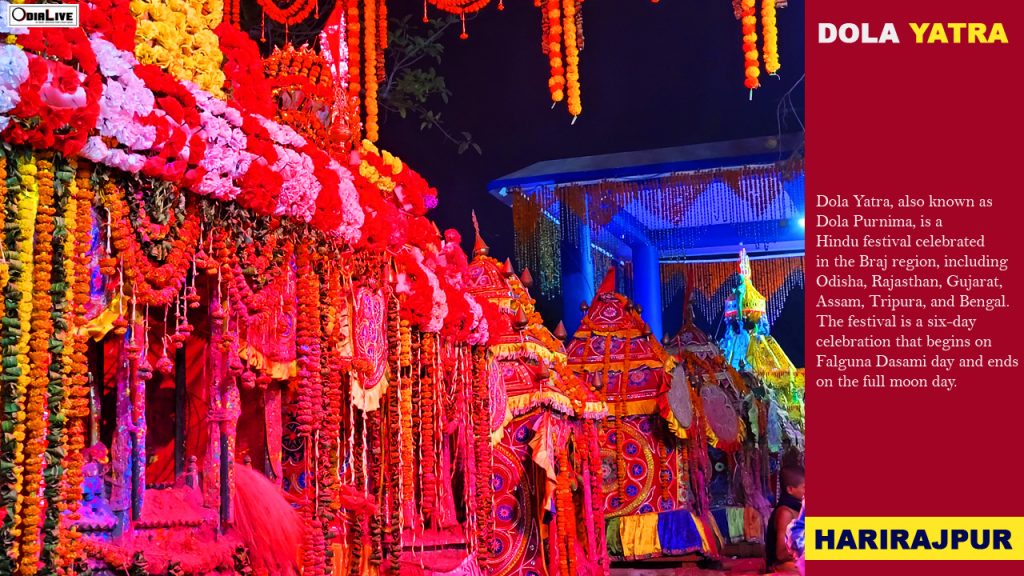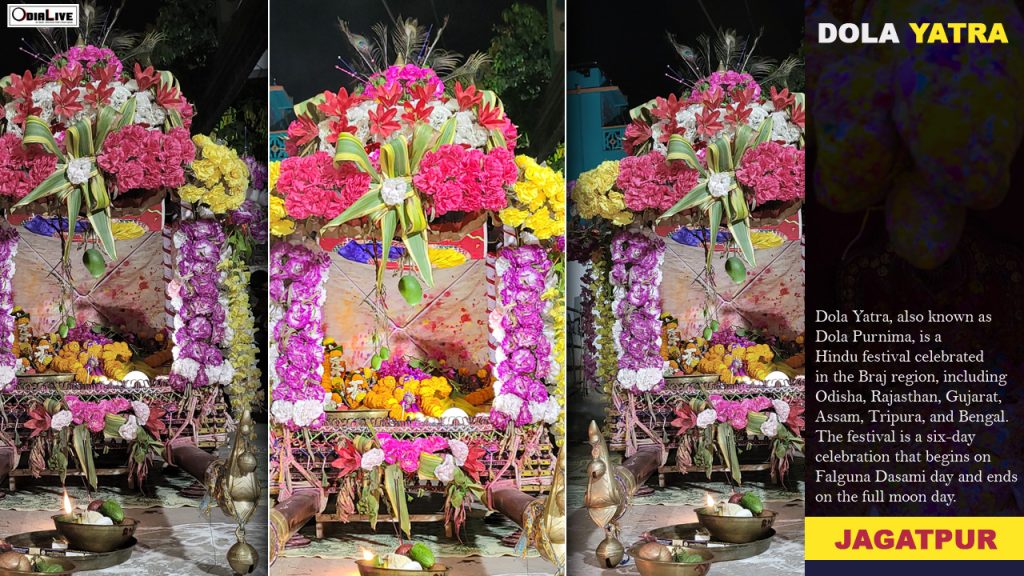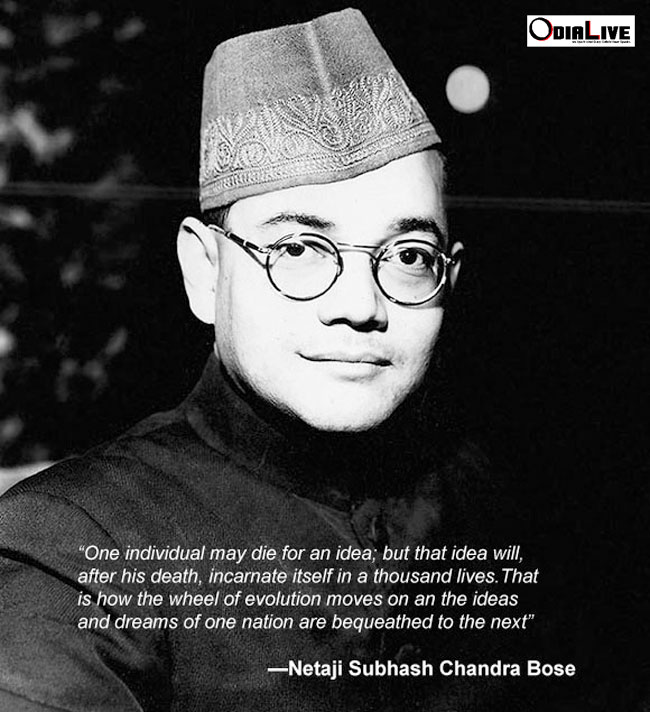The Legendary Netaji Subhash chandra bose
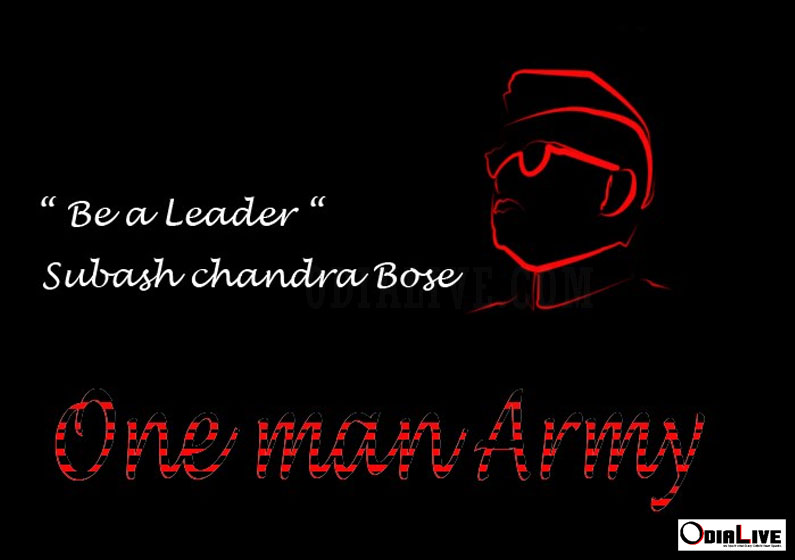
Born: January 23, 1897
Subhash Chandra Bose was born on 23 January 1897 in Cuttack, Orissa (Now ODISHA).
Passed Indian Civil Services Exam; elected Congress President in 1938 and 1939;
shaped a brand new party All India Forward block; organized Azad Hind Fauj to overthrow British Empire from India.
Subhash Chandra Bose, affectionately referred to as Netaji, was one in every of the foremost outstanding leaders of the Indian freedom struggle. Though Mahatma Gandhi and Jawaharlal Nehru have garnered a lot of the credit for the successful end result of the Indian freedom struggle, the contribution of Subhash Chandra Bose is no less. He has been denied his rightful place within the annals of Indian history. He founded Indian National Army (Azad Hind Fauj) to overthrow British Empire from India and came to amass legendary standing among Indian lots.
Subhash Chandra Bose was born on 23 January 1897 in Cuttack, Orissa (Now ODISHA). His father Janaki Nath Bose was a famous lawyer and his mother Prabhavati Devi was a pious and spiritual woman. Subhas Chandra Bose was the ninth kid among fourteen siblings. Subhash Chandra Bose was a superb student right from childhood.
He topped the matriculation examination of Calcutta province and graduated with a primary category in Philosophy from the Scottish Churches faculty in Calcutta. His parents’ ancestral house was at Kodalia village (near Baruipur; now known as Shubhashgram, South 24 Parganas, West Bengal). He was the ninth child of a total of fourteen siblings. He studied in an Anglo school (Stewart School) at Cuttack until the seventh standard as that time Stewart School functioned till the seventh standard and then shifted to Ravenshaw Collegiate School. Bose stood second in the matriculation examination of Calcutta province in 1911 and after passing he went to the Presidency College where he studied briefly.
He was strongly influenced by Swami Vivekananda’s teachings and was known for his patriotic zeal as a student. To satisfy his folk’s desires he visited England in 1919 to compete for Indian Civil Services. In England, he appeared for the Indian Civil Service competitive examination in 1920 and came out fourth so as of benefit. However, Subhash Chandra Bose was deeply disturbed by the Jallianwalla Bagh massacre and left his Civil Services apprenticeship midway to come back to India in 1921
After returning to India Netaji Subhash Chandra Bose came beneath the influence of Mahatma Gandhi and joined the Indian National Congress. On Gandhiji’s directions, he started operating beneath Deshbandhu Chittaranjan Das, whom he later acknowledged his political guru. Soon he showed his leadership mettle and gained his high within the Congress’ hierarchy. In 1928 the Motilal Nehru Committee appointed by the Congress declared in favor of Domination standing, however Subhas Chandra Bose in conjunction with Jawaharlal Nehru opposed it, and each asserted that they might be happy with nothing in need of complete independence for India. Subhas conjointly announced the formation of the Independence League. Subhas Chandra Bose was jailed throughout the Civil Disobedience movement in 1930. He was released in 1931 once the Gandhi-Irwin pact was signed. He protested against the Gandhi-Irwin pact and opposed the suspension of the Civil Disobedience movement specially when Bhagat Singh and his associates were hanged.
Subhash Chandra Bose was soon arrested once more beneath the infamous Bengal Regulation. Once a year he was released on medical grounds and was banished from India to Europe. He took steps to determine centers in several European capitals with a read to promoting politico-cultural contacts between India and Europe. Defying the ban on his entry to India, Subhash Bose came to India and was once more arrested and jailed for a year.
Once the overall Election of 1937, Congress came to power in seven states, and he was released. Shortly afterward he was elected President of the Haripura Congress Session in 1938. Throughout his term as Congress President, he talked of coming up within concrete terms and got wind of a National coming up with Committee in October that year. At the tip of his initial term, the presidential election to the Tripuri Congress session transpire in early 1939.
He was re-elected, defeating Dr. Pattabhi Sitaramayya who had been backed by Mahatma Gandhi and therefore the Congress operating Committee. Clouds of World War II were on the horizon and he brought a resolution to grant the British six months handy India over to the Indians, failing that there would be a revolt. There was a lot of opposition to his rigid stand, and he resigned from the post of president and shaped a progressive cluster referred to as the Forward Block.
Also Read: Some rare photos of Netaji Subhas chandra Bose
” Walking through the Life of the Legend “
Also Read: Netaji Birth Place Museum, Cuttack


